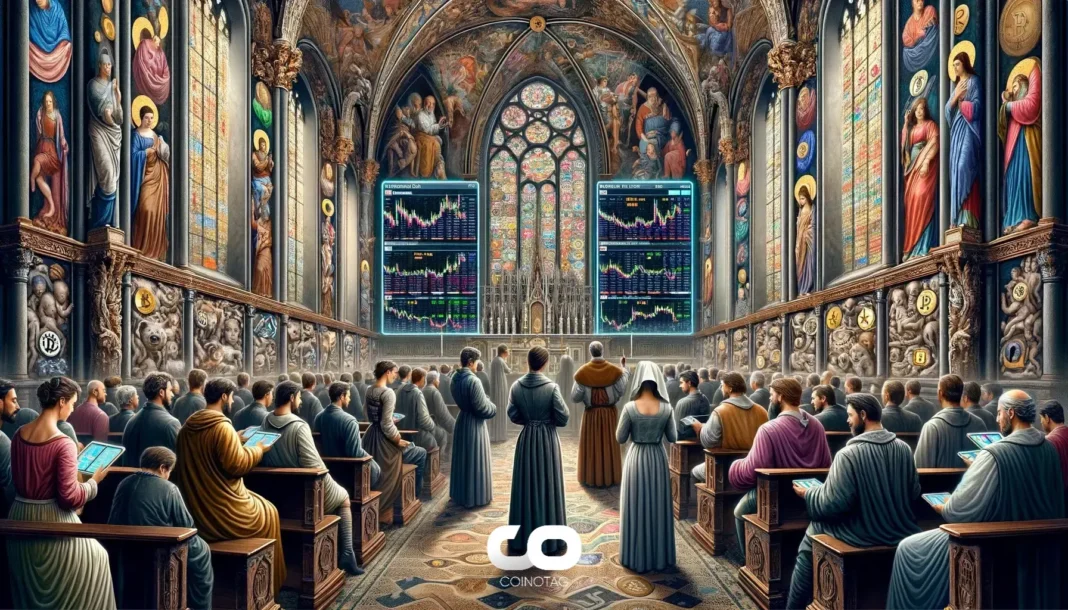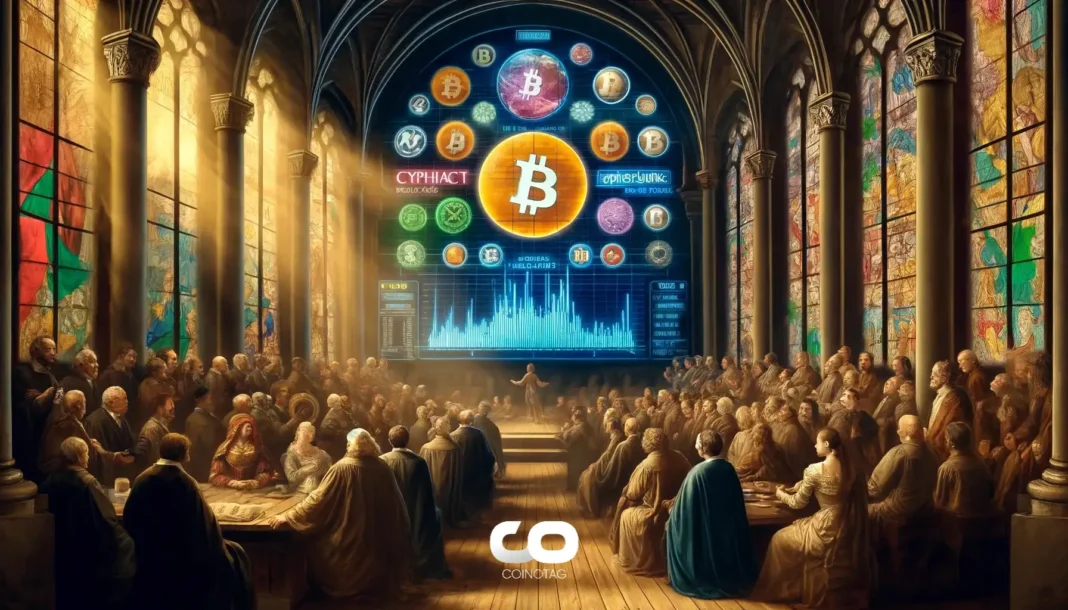-
Altcoins are poised for a significant breakout as long-term market structure, momentum, and technical indicators align, signaling potential major gains ahead.
-
The crypto market cap reaching $3.91 trillion in late 2024 underscores a robust uptrend, with altcoins outperforming many benchmarks by over 56% year-on-year.
-
According to COINOTAG analyst Moustache, elevated RSI levels and deviation zones indicate altcoins may be entering a melt-up phase reminiscent of previous bull cycles.
Altcoins approach a historic breakout with strong market structure, rising momentum, and bullish RSI signals driving potential major gains in 2024.
Altcoin Market Cycles Demonstrate Consistent Growth and Higher Highs
Analysis of altcoin market cycles from 2015 through 2025 reveals a pattern of repeated bull and bear phases, each culminating in progressively higher highs. The initial surge in 2017 saw altcoin market capitalization nearly reach $961 billion before a significant correction triggered a prolonged crypto winter lasting until 2019. This foundational cycle set the stage for future growth by establishing critical support levels.
Renewed momentum in 2020, fueled by increased institutional participation, propelled the market cap from approximately $50 billion to unprecedented heights. By 2021, altcoins peaked near $1.8 trillion, followed by another corrective phase through 2022 and 2023. Despite these downturns, the market’s long-term black trendline illustrates steady upward growth, with each cycle’s low surpassing the previous one, confirming a resilient and expanding market structure.
Momentum Indicators Signal Potential for a New Bull Phase
Technical analysis highlights the Relative Strength Index (RSI) as a pivotal momentum indicator. Historical data from 2017 and 2021 show that elevated RSI levels coincided with explosive altcoin rallies. Presently, RSI readings remain high, suggesting sustained buying pressure and the likelihood of an impending breakout.
Furthermore, deviation zones identified on price charts mark critical junctures where altcoin prices diverge significantly from their long-term trend. These zones often precede sharp upward moves or corrections. Currently, altcoins are positioned near such a deviation point, reinforcing the possibility of a strong rally phase ahead.
Market Capitalization Milestone Validates Altcoin Strength
The crypto market cap milestone of $3.91 trillion achieved in late 2024 is a testament to the altcoin sector’s growing dominance. This figure excludes Bitcoin and stablecoins, emphasizing the strength and breadth of altcoin adoption and investment. Year-on-year gains exceeding 56% highlight robust investor confidence and expanding market liquidity.
Such milestones not only reflect price appreciation but also signal increased network activity, developer engagement, and real-world use cases. These fundamental factors contribute to the sustainability of the current uptrend and support optimistic projections for altcoin performance in the near term.
Expert Insights from COINOTAG Analyst Moustache
Industry expert Moustache notes that the altcoin market’s current structure mirrors previous breakout cycles, suggesting a potential “melt-up” phase. This term describes a rapid price surge driven by accelerating momentum and market enthusiasm rather than gradual growth. According to Moustache, the alignment of technical indicators and market fundamentals creates a favorable environment for such a scenario, encouraging investors to monitor key levels closely.
Conclusion
Altcoins are entering a critical phase characterized by strong market structure, elevated momentum, and significant capitalization milestones. Historical cycles demonstrate that each downturn has been followed by higher highs, indicating a resilient and expanding market. Technical indicators like RSI and deviation zones reinforce the potential for a major breakout, while expert analysis from COINOTAG underscores the likelihood of a melt-up phase. Investors should remain vigilant and consider these factors when evaluating altcoin opportunities in 2024 and beyond.







